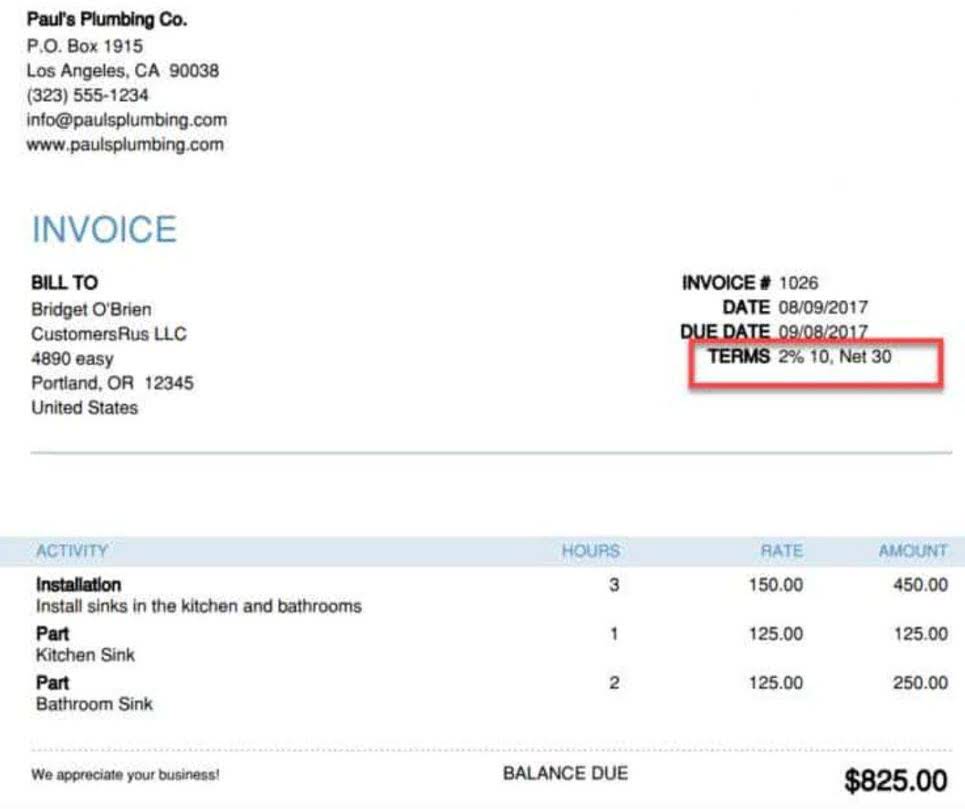
Closing temporary accounts is an important step in the accounting cycle, and running the post-closing trial balance helps to make sure that the process has been completed accurately. The trial balance worksheet contains columns for both income statement and balance sheet entries, allowing you to easily combine multiple entries into a single amount. This makes sure that your beginning balances for the next accounting cycle are accurate. The revenue, expense, income summary, and owner’s drawing accounts will not be included on a post-closing trial balance since they have no balance after the accounting period has concluded. The post-closing trial balance closure entries largely affect revenue and expense accounts.

Hence, you will not see any nominal account in the post-closing trial balance. It also helps an accountant to reconcile all journal entries that belong to one accounting cycle (current) only. Journal entries for transactions taking place after the closing date should be removed and carried forward to the next accounting period. A post-closing trial balance is prepared after the adjusted trial balance. Therefore, there are fewer chances of errors and omissions in the post-closing process.
What is Post-Closing Trial Balance?
Notice that this trial balance looks almost exactly like the Paul’s balance sheet except in trial balance format. This is because only balance sheet accounts are have balances after closing entries have been made. And finally, in the fourth entry the drawing account is closed to the capital account. At this point, the balance of the capital account would be 7,260 (13,200 credit balance, plus 1,060 credited in the third closing entry, and minus 7,000 debited in the fourth entry). Before that, it had a credit balance of 9,850 as seen in the adjusted trial balance above.
The unadjusted trial balance is the first trial balance that you’ll prepare, and it should be completed after all entries for the accounting period have been completed. Nominal accounts are those that are found in the income statement, and withdrawals. The post-closing trial balance will include post-closing trial balance definition assets, liabilities, and equity accounts that are permanent and have a non-zero balance at the closing date of an accounting period. The post-closing trial balance follows a similar format to the traditional one. Usually, it includes four columns, account number, account name, debit, and credit.
The post-closing trial balance is the final step in the accounting cycle
These entries involve information transferred from temporary accounts to the profit and loss statement. Typically, this entails zeroing out the existing balances in the temporary accounts. Companies prepare them for usage in the upcoming accounting period by doing so. These closing entries are made once the adjustments in the adjusted trial balance have been made.
The post-closing trial balance is a report that is created to verify all of a company’s temporary accounts are closed and their new beginning balance has been reset to zero. For companies that use accounting software, this will be done automatically. But for those using spreadsheets or ledgers to manually record accounting transactions, it’s essential to make sure each temporary account balance is set to zero when the new accounting period begins. Firstly, it ensures that the company’s books are balanced and all temporary accounts have been closed, providing an accurate financial position. As you can see, the accounts are generally listed in balance sheet order starting with the assets followed by the liabilities and then equity accounts.